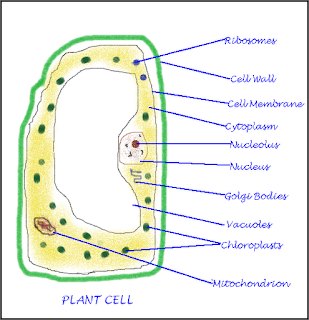Crop Production and Management
 |
| Types of Crops (based on Seasons) |
Questions and Answers based on Class 8 NCERT Chapter
Q1: Define agriculture.
Answer: It is a science that deals with the growth of plants and animals for human use is called agriculture.
Answer: When plants of the same kind are grown and cultivated at one place on a large scale, it is known as a crop. For example, crop of wheat means that all the plants grown in a field are that of wheat.
Answer: All the activities which are involved in the cultivation of crops from sowing to harvesting are known as agricultural practices.
Answer: Following are the reasons that India need improved agricultural practices:
i. India's population is around 1.20 Billion and it is growing faster than its ability to produce wheat and rice.
ii. To provide sufficient food to such a large population, it is required to maintain regular production and proper crop management.
iii. It requires an improvement in agricultural practices and application of latest technology.
Q5: List the seven agricultural practices.
Answer:
i. Preparation of soil
ii. Sowing
iii. Adding manure and fertilisers
iv. Irrigation
v. Protecting from weeds
vi. Harvesting
vii. Storage
Answer: It is a science that deals with the growth of plants and animals for human use is called agriculture.
Q2: Define Crop
Answer: When plants of the same kind are grown and cultivated at one place on a large scale, it is known as a crop. For example, crop of wheat means that all the plants grown in a field are that of wheat.
Q3: What are agricultural practices?
Answer: All the activities which are involved in the cultivation of crops from sowing to harvesting are known as agricultural practices.
Q4: Why does India need improved agricultural practices?
Answer: Following are the reasons that India need improved agricultural practices:
i. India's population is around 1.20 Billion and it is growing faster than its ability to produce wheat and rice.
ii. To provide sufficient food to such a large population, it is required to maintain regular production and proper crop management.
iii. It requires an improvement in agricultural practices and application of latest technology.
Q5: List the seven agricultural practices.
Answer:
i. Preparation of soil
ii. Sowing
iii. Adding manure and fertilisers
iv. Irrigation
v. Protecting from weeds
vi. Harvesting
vii. Storage





